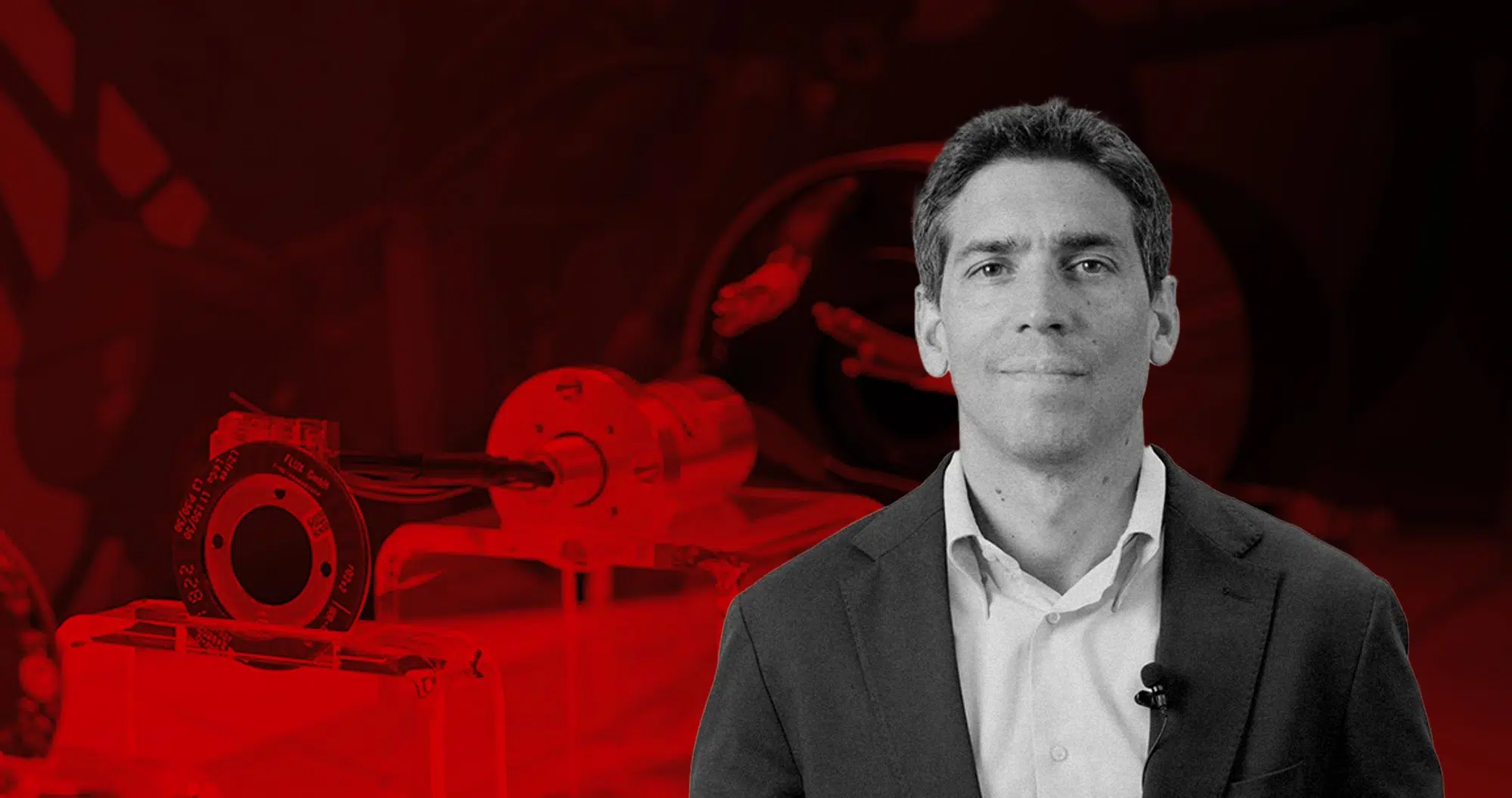Comparing electric rod actuators with hydraulic cylinder actuators, which ones offer the best solution for your needs? Hydraulic cylinders have been widely used for decades. However, […]

Comparing electric rod actuators with hydraulic cylinder actuators, which ones offer the best solution for your needs? Hydraulic cylinders have been widely used for decades. However, there is a tendency in many industries today to replace them with electric actuators. Hydraulic losses and the degree of efficiency and accuracy are just some of the reasons behind this conversion of technologies. Before deciding to replace an existing system, however, some aspects would be worth considering.
Choice of actuator type
Over time, factories and industrial processes have become increasingly automated. As technology advances, the number of products available to engineers for designing machines and equipment increases. Limiting ourselves to actuators, there are two main technologies: hydraulic and electrical.
Hydraulic actuators have advantages: high power density, low component purchase cost, good to high stiffness, high speed, and represent a commonly used technology. However, when considering their use within a complete system, hydraulic actuators may be less advantageous: without additional calibration equipment, they have limited accuracy and repeatability. Moreover, they require laborious and complex installation and maintenance since they cannot do without using hydraulic pumps and hoses. Finally, they have a high installation cost, low energy efficiency, high environmental impact, and limited scalability and modularity. In these cases, electric actuators offer a much greater advantage.
Electric actuators provide high speed and force, are flexible and easily programmable according to load conditions, have high accuracy and repeatability, are efficient and easy to install, require little maintenance, and are environmentally friendly. By not using a hydraulic system, they make it possible to eliminate oil leaks, reduce pollution, and increase work safety. Electric actuators are non-toxic, a requirement in the food industry. Other environmental advantages of electric actuators are higher energy efficiency/lower energy consumption, quiet operation/reduced noise; almost zero power consumption when not in use (unlike pumps in hydraulic systems that consume power even during periods of non-use). In addition, there is no problem with the disposal of hydraulic fluids, which must be properly disposed of during normal maintenance and repair of hydraulic actuators.
Technological Progress
In the past, electric actuators have always had a lower power density than hydraulic actuators. Still, thanks to recent technological advances, electromechanical actuators can now offer the same force as hydraulic equivalents of the same size. One of the major advances in electromechanical actuation is combining a rotary servomotor with an organ to transform motion from rotary to linear, such as a satellite roller screw or ball screw. Roller screws have nuts arranged along a threaded stem and gear each other; the nut housing is structured like a planetary gearbox. Compared to ball screws, they offer more contact points, allowing the applied force to be distributed over a larger area, reducing stress and prolonging service life. Rollers connect the nut to the screw, creating a synchronized motion without recirculation. The result is a higher rotary and linear motion speed in applications requiring high force. In addition, due to the absence of ball recirculation, noise, and vibration are reduced at high speeds. The high load-carrying capacity of roller screws compared to ball screws allows the size and weight of the actuators to be limited. To further optimize this, newer models of electric actuators group the roller screw and servomotor into a single block. Integrating the motor increases the product’s compactness and reduces the number of components. The direct motion transmission by the roller screw eliminates the backlash problem in couplings and transmissions, enabling greater dynamic response and improved performance. Along with the advantages of combining servomotor and roller screws, advanced brushless motor technology with feedback provides higher accuracy and reliability. Traditional electric actuators typically use single-phase or three-phase induction motors for drive. The problem with this configuration is when the actuator needs to change direction or stop and restart: the increased motor temperature limits its operation and, consequently, its duty cycles. This limitation is overcome by coupling the roller screws with a brushless DC and continuous-duty motor. The feedback device allows extremely precise control of both the position and speed of the actuator output stem.
Conversion to electric drive
Several issues are involved in converting from a hydraulic actuator system to an electric one. If there is more than one hydraulic actuator in the system, the approach of a stepwise conversion may create more difficulties than the simultaneous conversion of all machine axes. Under heavy load conditions, installing bumpers or adjusting the motion profile to relieve kickback and reduce vibration should be considered. For proper conversion from one drive mode to another, it is necessary to understand how to size new actuators properly. The effective stroke length must be measured, and mounting configurations considered. For a simple estimate of the force produced by the existing hydraulic system, one must multiply the piston diameter by the pump pressure. However, this method is extremely conservative and often results in oversizing the electric actuator instead of the hydraulic actuator. By knowing the speed (a measure of the time required for extension versus retraction), the number of cycles per minute, the time of day and day, the number of shifts or days per week the actuator is used, and also knowing the operating environment (temperature, presence of dust or liquids, hazardous conditions, etc.), it will be possible to choose the right actuator for your needs.
Industries and applications using electric actuators
Several industries currently use electric actuators for their systems. For example, in automotive manufacturing, robotic gripper hands, robotic welders, bearing molding presses, and positioner arms use electromechanical actuators. Electric actuators are the ideal choice in light of the increasing demand for solutions that provide speed and repeatability with less downtime. Machinery in the food industry uses electric actuators for volumetric filling, portioning, conveying, and moving products. In addition to the food industry, the pharmaceutical and medical industries are also switching to electric actuation for precision and contamination prevention. Petrochemical industries use electric actuators to replace hydraulic and pneumatic actuators because of their environmental advantages and more flexible and precise control. Both hydraulic and pneumatic actuators present the risk of possible leakage, creating potentially hazardous situations (contamination or flammable gases). The military industry uses electric actuators for transport vehicles, tailgates, and ammunition handling because they are maintenance-free and provide cleanliness, robustness, and long life in critical missions. Electric actuators are increasingly offering an effective and comprehensive solution for motion control every day.
Deciding to switch from a hydraulic to an electric system is difficult. The evaluation of existing systems and usage requirements is fundamental to choosing the type of actuator. Whether you want to increase efficiency or reduce maintenance, it is clear that as technology advances and demand increases, electric actuators are a viable and competitive option for replacing hydraulic actuators in most applications.


